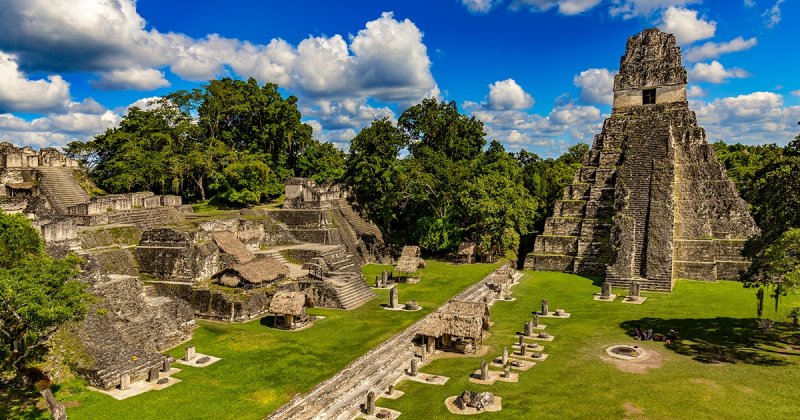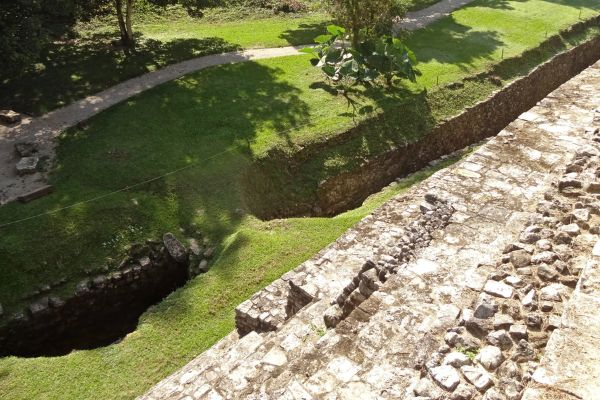Maya Engineers Created Aqueducts Which Used Water Pressure Technology
The feature, discovered during a mapping assessment of the area in 1999, was comparable to but not identical to the aqueducts that run beneath the city's plazas. In 2006, an archaeologist and a hydrologist returned to Palenque to investigate the odd water feature. Palenque was first occupied around the year 100, but it reached its peak between the years 250 and 600 during the Classic Maya period. Around the year 800, the city was abandoned.
Palenque was a Maya metropolis that was substantially lower in scale than Tikal and Chichen Itza. However, it was here that some of the most impressive Maya engineering achievements were completed. Palenque, also known as Lakamha (Great Water), contains nine permanent streams and 56 springs. To deal with the problem of too much water, Palenque engineers built sophisticated subterranean aqueducts that directed the water underground, freeing up additional space for cultivation on the surface. The Piedras Bolas aqueduct, for example, has a 20-foot drop in elevation and a cross-section that shrinks from 10 square feet at the feeding spring to a half square foot where the water exits. Water pressure in the aqueduct is created by a combination of gravity and rapid constriction, which is enough to blast water up to a height of 20 feet. The Piedras Bolas aqueduct, built during the Classic Maya period, is the first known example of engineered water pressure in the New World. It's possible that the water pressure was utilised to provide flowing water to the palace and other structures.












